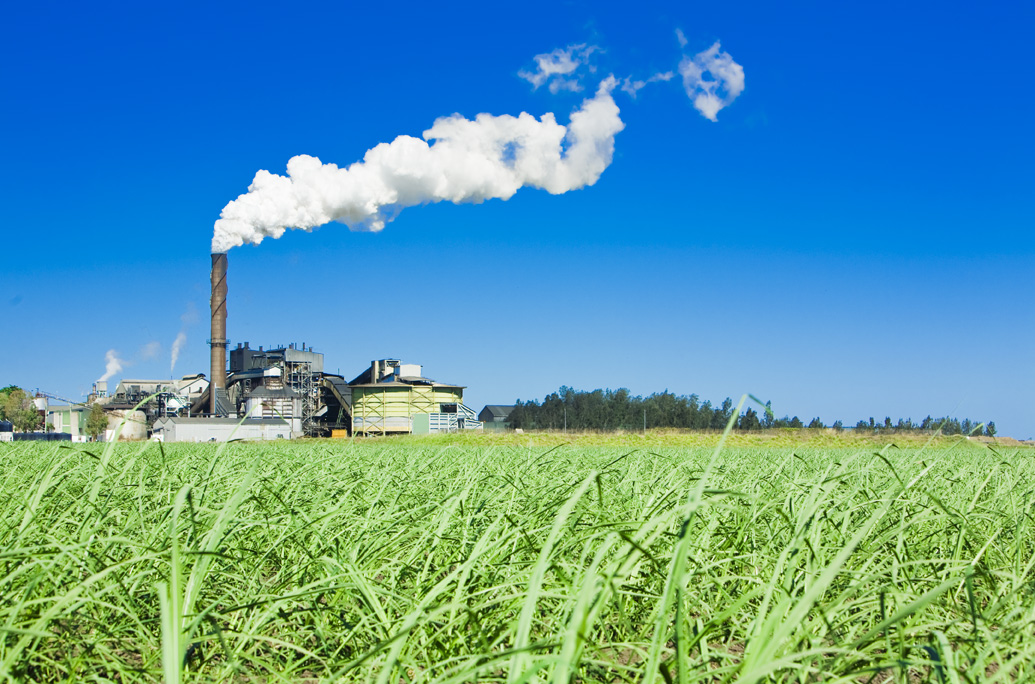
- Commodities
Australia’s sugar harvest at risk
Do you want to know how to make money from this?
Register for free and get expert advice, access to a training course and webinars.
Key points:
- Strikes at Australian mills could leave much of the sugarcane crop unharvested.
- Australia is the 4th largest exporter of sugar (3.5 million tons per year), supplies mainly to Asia.
- The threat of a reduction in sugar production and exports, loss of income for the region.
In Australia, industrial disputes at sugar mills, which produce more than half of Australia’s sugar, could leave much of the sugarcane crop unharvested unless solutions are found soon. This, in turn, threatens sugar production and exports, industry officials warn.
The strikes, which began over wage disputes, affected eight sugar factories owned by Singapore-based Wilmar International. These mills, which produce more than 2 million metric tons of sugar a year, worth about $1 billion, were forced to delay the start of the cane crushing season by two to 13 days, Wilmar International Australia said.
Conflict between workers and producers
Unions representing Wilmar sugar mill workers are demanding an 18% wage increase over three years, while Tully unions are pushing for a 21% increase.
Both sides said they were willing to reduce their demands somewhat to reach an agreement and avoid further strikes. They say workers deserve higher wages after a period of high inflation and rising sugar prices.
Wilmar offered its workers 14.25% over three-and-a-half years with a signing bonus, while Tully offered 14.25% over three years, the companies said.
Wilmar unions suspended the strike until the June 10-11 vote, expecting the proposal to be defeated. Wilmar confirmed it expects strikes to resume after the vote.
Tully plans to begin cane processing next week and Wilmar will start its first mill on Monday, the companies said. Long delays can have a negative impact on the region, as local residents do not receive income during the harvest period. Every day is critical to a successful harvest.
Why is it important?
Australia, the world’s fourth largest sugar exporter, supplies about 3.5 million tonnes annually to markets, mainly in Asia. A small reduction in production in Australia could lead to a decrease in supplies in the Asian region, but most likely will not have a significant impact on world prices.
While the delays are a concern for producers who are already planning to bring in labor to harvest the crop, they do not yet pose a threat to overall sugar production during the harvest season, which runs from June to November. During this period, rains dilute the cane juice, making it more difficult to collect.
However, longer delays could result in a shorter processing season and the time available to transport cane from the fields.
Do you want to know
How to make money from the news
Register for free and get:
- Expert consultation;
- Access to the training course;
- Opportunity to participate in webinars

